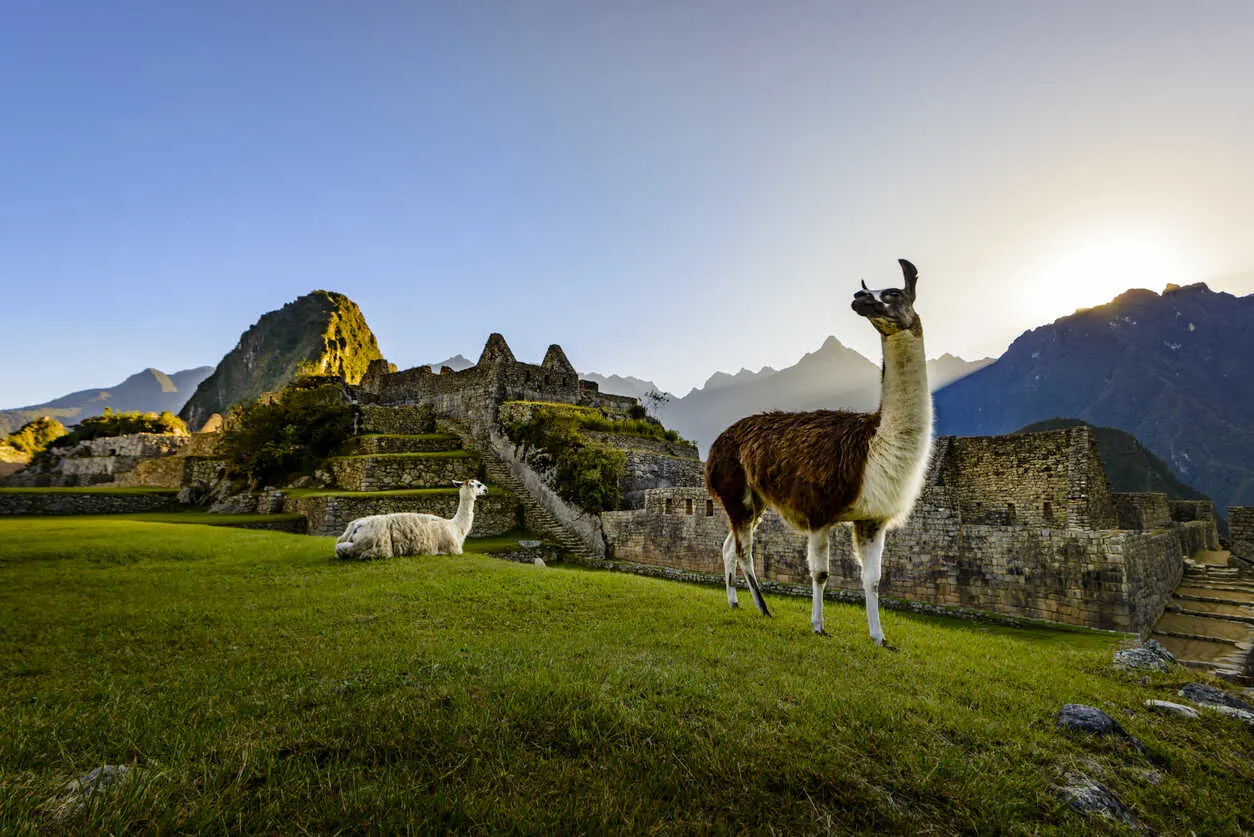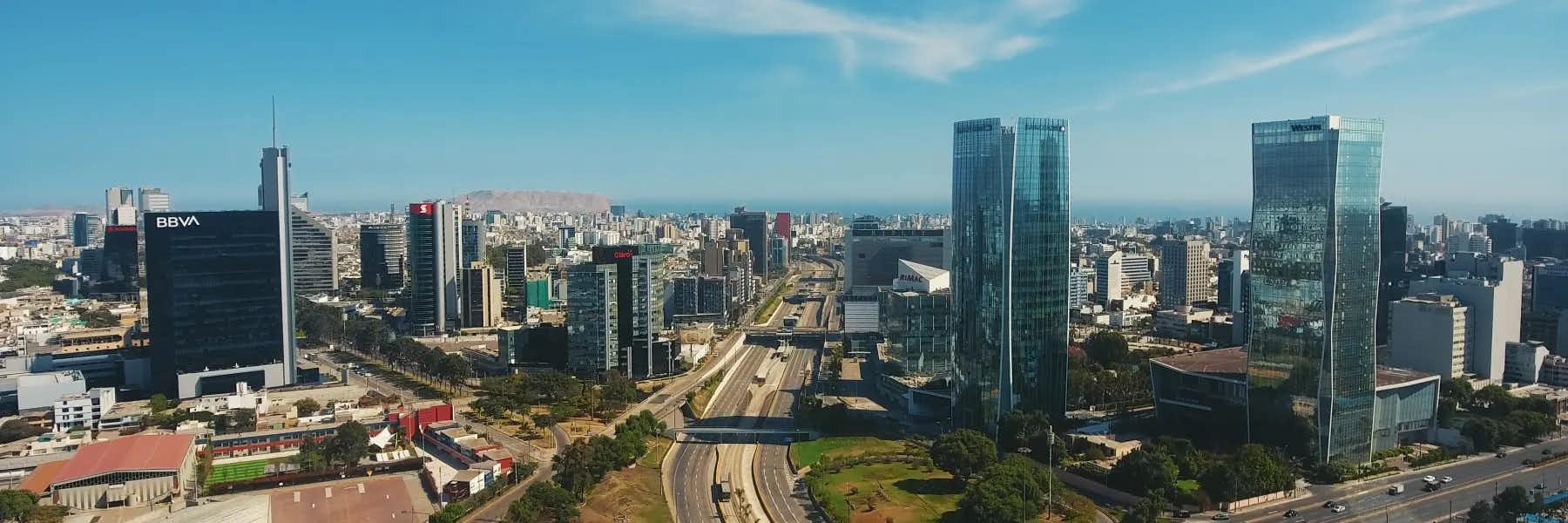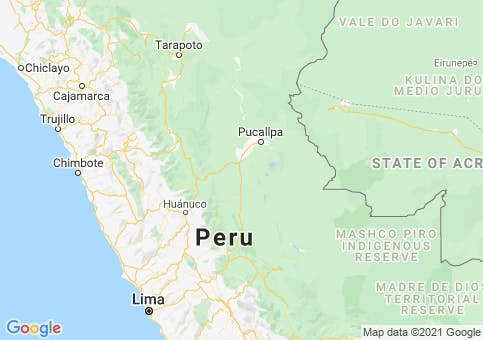Peru is the iconic country of the Andes. Its unique combination of ancient indigenous civilization and Spanish colonial heritage makes it one of the most unique destinations in South America. Its low cost of living and high quality of life have made it attractive to many expats.
Types of Visas

Temporary Visas
Visitors from the US, Canada, and the European Union do not need a visa to visit Peru and can stay up to 180 days. You need a valid passport and evidence of return or onward travel. You may extend your stay once for another three months.
Unlike many countries, Peru allows you to apply for long-term residency while on a tourist permit.
Long-Term Visas
Pensionado/Rentista: Unlike other countries that distinguish between retirement and independent means visas, Peru combines them into one. This visa requires proof of a permanent monthly income of at least $1,000, plus $500 for each dependent. It's a permanent status and does not need to be renewed.
Investment: This visa is given to anyone planning to start or invest in a new business or an existing one with an amount of at least $154,000.
Permanent Residency
After three years of temporary residency with no absence from the country for more than six months a year, you can apply for permanent residency status. This involves showing why you want to live in the country permanently, which means employment, investment, or stable pension or retirement income. You may not stay outside the country for more than 183 days a year as a permanent resident.
Given that the Pensionado visa is a permanent status, most expats opt to keep it rather than apply for permanent residency.
Citizenship
Peru allows dual citizenship without restriction. To qualify by naturalization, you must have lived in the country for two consecutive and uninterrupted years on a valid residency permit, have a stable and guaranteed income, and have no criminal record. Speak basic Spanish and have a knowledge of Peruvian history, culture, and its constitution.
Requirements and Documentation
English is not widely spoken in Peru, so it is essential to work through a bilingual attorney or agent in all visa applications. The following documents are required for most immigration transactions:
A valid passport with a minimum of six months validity.
Bank statements, employment contracts, or pension statements.
Criminal background checks from Peru and your home country.
Proof of valid health insurance.
Processing Time
2-3 months.
Cost
Depending on whether you apply abroad or inside the country, application fees for most visas vary between $50 and $100. Once approved, you will need a residence card for about $13. In addition, you can expect to pay between $20 and $50 per page for translations, as well as an additional fee for apostilles. If you require local support during the process, which most non-Spanish speakers do, you can expect to pay another $200 to $300 for that.
Contacts
Embassy of Peru in U.S.
1700 Massachusetts Avenue, NW, Washington, D.C. 20036
Tel. +1 (202) 833-9860/-9867
Email:webadmin@embassyofperu.us or https://www.embassyofperu.org/contact
Consult with Me, One-on-One
My Mission: To Make Your Life Simpler, Safer, and Freer … Not More Complicated
Stop overcomplicating, second-guessing, or giving in to “information paralysis” … Let’s sit down together (online), and I’ll help you create a custom blueprint for your international goals… second passports, tax, travel, retirement, estate, business, and more…










